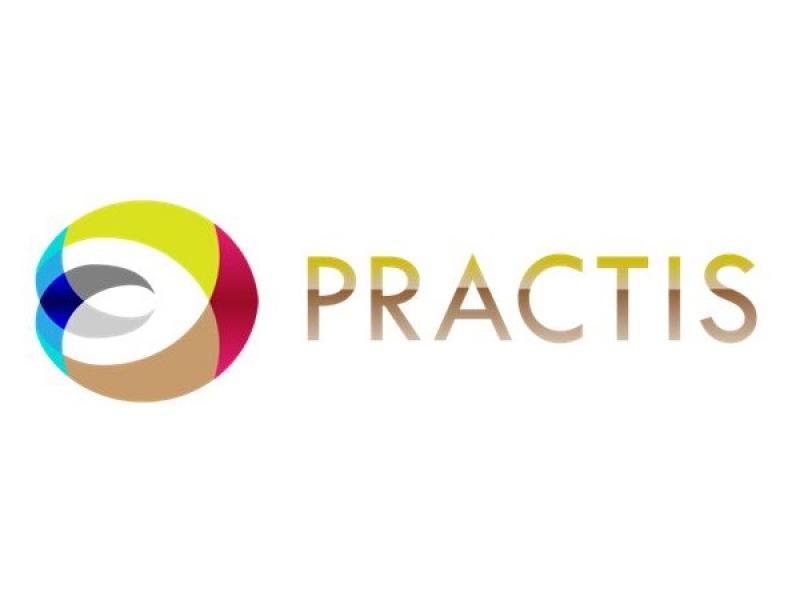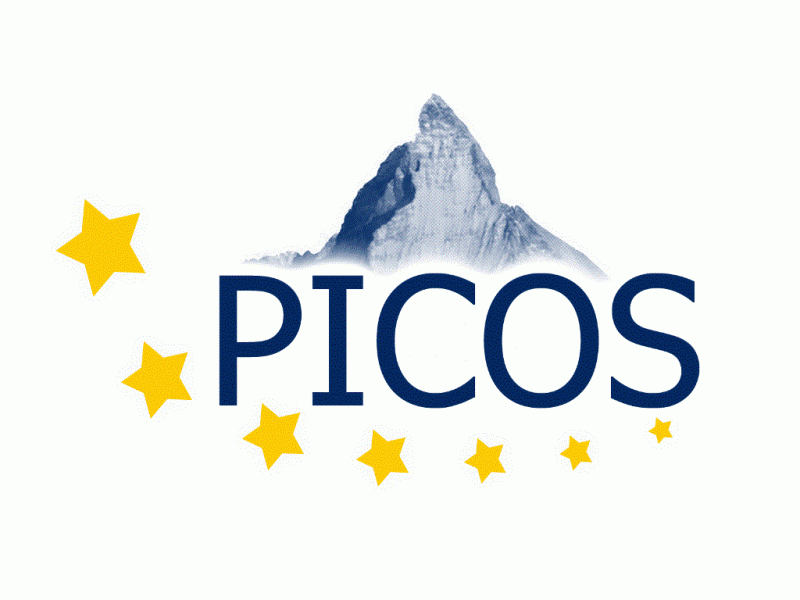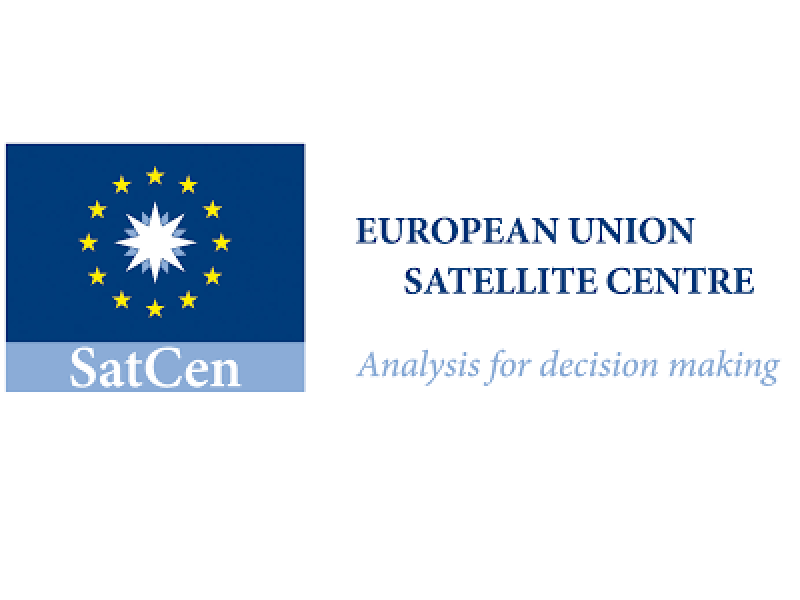
R&I Project Hub

The Cyberwatching.eu PROJECT HUB is Europe’s ONLY complete and unabridged compilation of EU-funded research projects on cybersecurity topics. It was created specifically to facilitate information transfer, communication and cross-pollination.
Browse the categories to:
- IDENTIFY individual projects
- ACCESS project information
- CONNECT with the researchers
Project pages are independently populated and managed. How much information you find depends on the project owner.
In addition to reports and information, project owners may use the PROJECT HUB to publish news and events and interact with users.
To populate, manage and promote your own project page and participate in the debate.
Manage and update your project's mini-page now!
→Click here for practical guidance on "How to manage your project minisite", and "How to add your project to the European Cybersecurity Radar."
Be one of the featured Project of the Week and get extra visibility to showcase the latest developments, reports, events, news and results to a wider pool of stakeholders.
News
On the event of the adoption of the draft regulation laying down measures for a high common level of cybersecurity at the institutions, bodies, offices and agencies of the Union, the AI4HealthSec project kicked off a process to provide its opinion.
Deliverables Research
This deliverable presents the results of the analysis of the Cybersecurity and Privacy European research projects and their results, including the characterisation of the projects comprised in the Project Radar, the analysis of the Market and Technology Readiness Levels (MTRL)
The Cyberwatching.eu team present in this report a series of visualisations of EC supported activities in the area of Cybersecurity and Privacy that allows possible exploiters of the outputs of these projects to understand their status.
This deliverable offers an analysis of the landscape of EU funded projects in the Cybersecurity and Privacy research community using well-known statistical analysis methodologies.
This deliverable (August 2020) presents a visualisation of EC supported activities in the area of Cybersecurity and Privacy that allows possible exploiters of the outputs of these projects to understand their status.
Resources for EU Research
Resources for SMEs
News & Events
Reports
Cyberwatching.eu has received funding from the European Union’s Horizon 2020 research and innovation programme under grant agreement No 740129. The content of this website does not represent the opinion of the European Commission, and the European Commission is not responsible for any use that might be made of such content. Privacy Policy | Disclaimer / Terms and Conditions of Use











